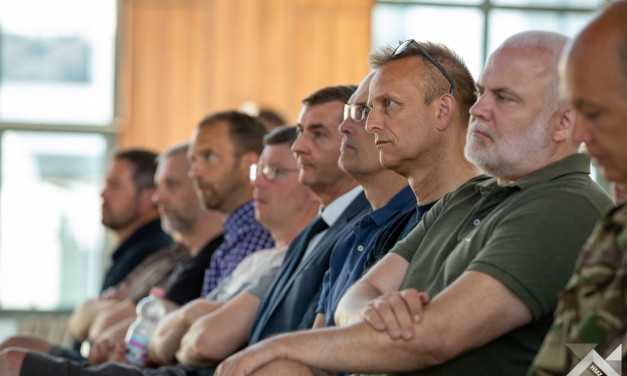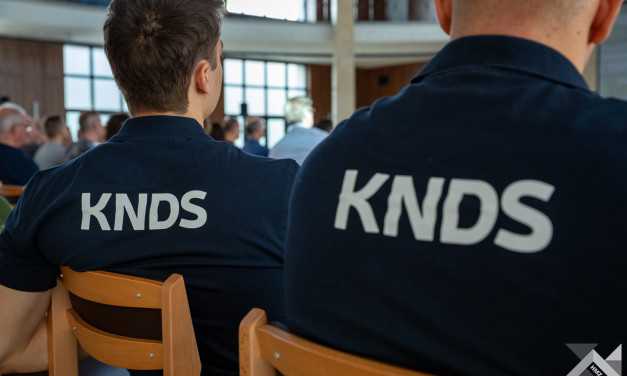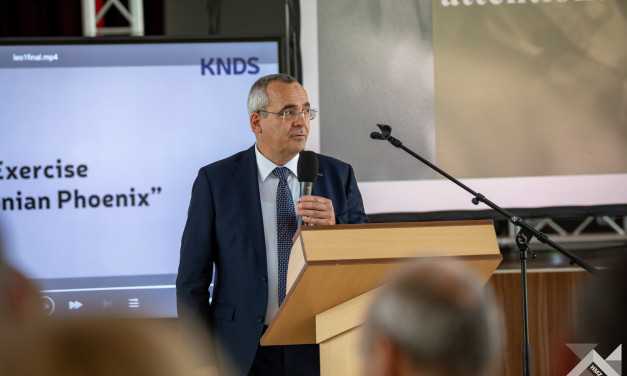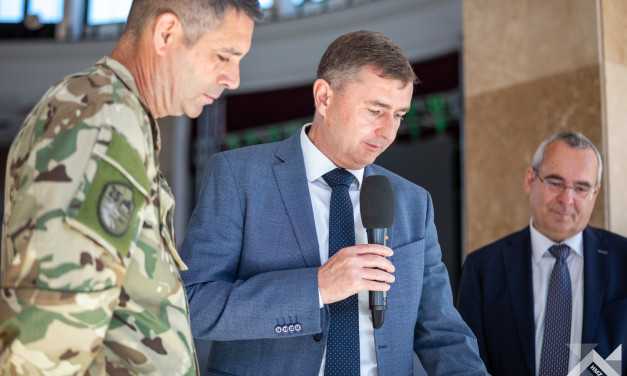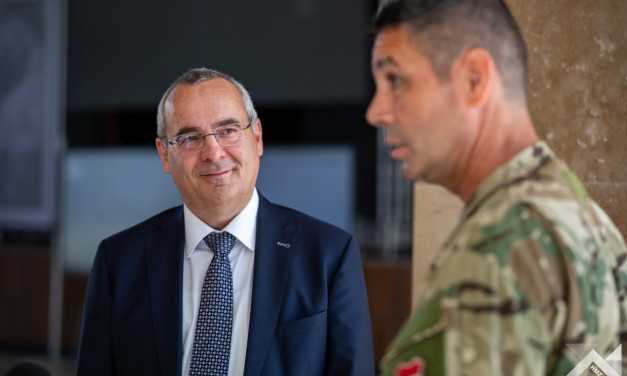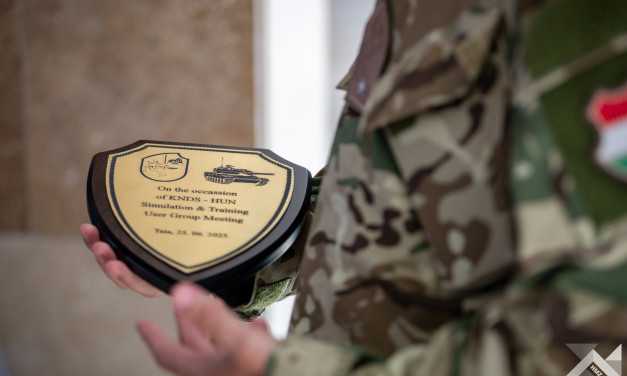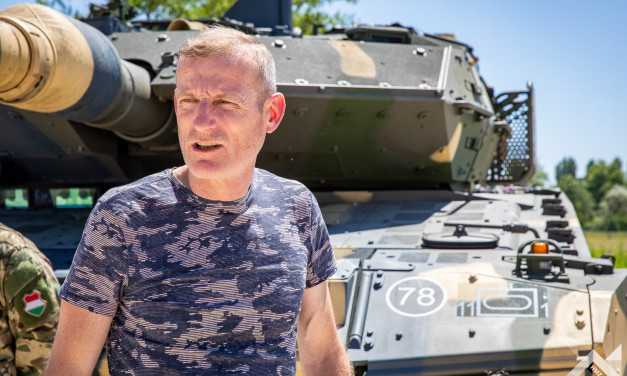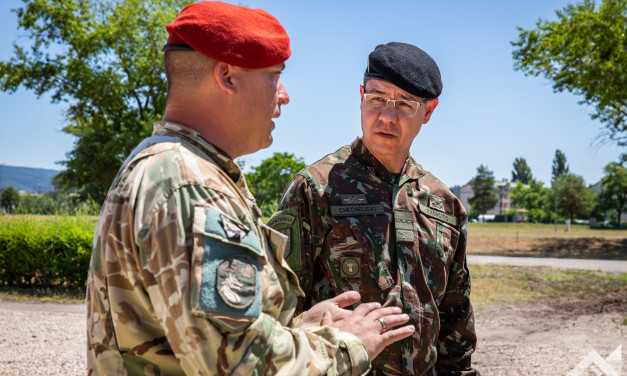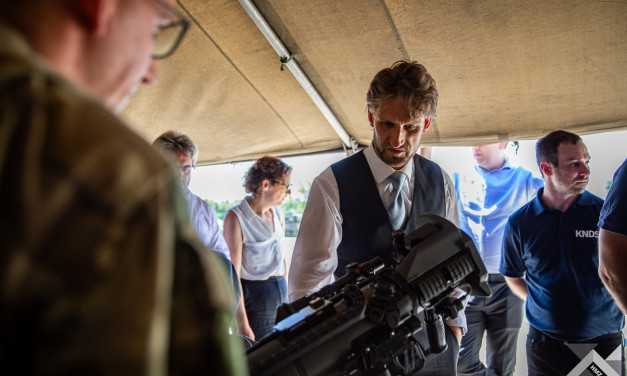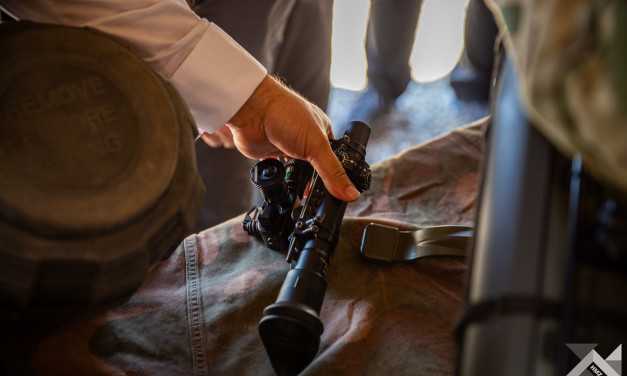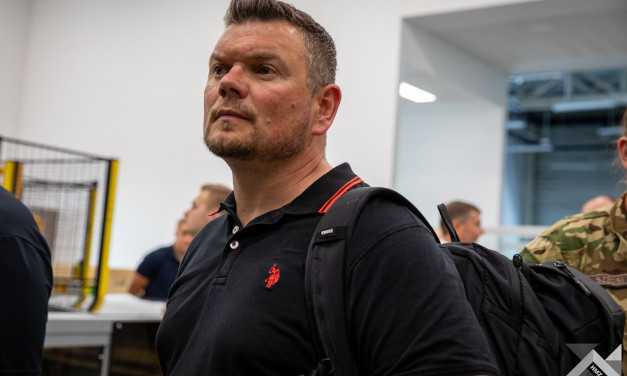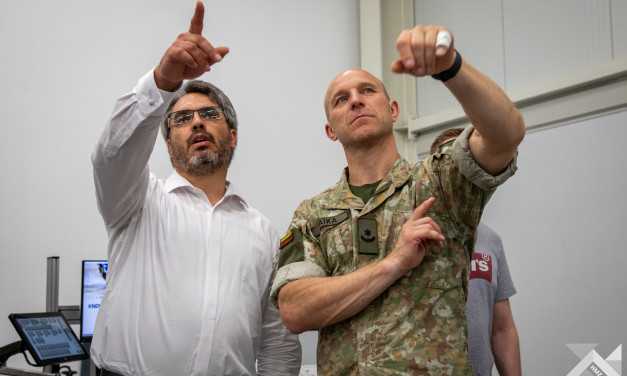Hungarian pride, international attention
KNDS organizes annual conference
Text: Bettina Sin | Photo: Dávid Fabók | 12:52 June 30, 2025This year, representatives of eight countries attended the European Defence Industry Holding KNDS – HUN Simulation &Training User Group Meeting held in the barracks of the HDF 1st Armored Brigade in Tata, Hungary. The choice of the venue is no accident, as the Tata simulation centre of the Hungarian Defence Forces is a world-class facility.
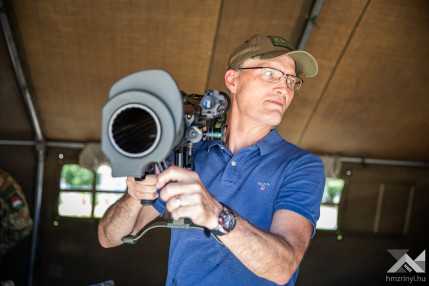
KNDS is the result of a strategic merger between two key defence industry companies, German Krauss-Maffei Wegmann (KMW) and French Nexter Systems. The group is known around the world as a developer of modern armored combat systems as well as artillery and training simulation systems. According to Matthias Nöhl, Senior Vice-President Technologies KNDS Germany, one of the company’s priority objectives is to create digital training systems which can efficiently prepare soldiers for complex military operations of the future. “At the annual Simulation & Training User Group Meeting of KNDS, the user countries can share their lessons learned, standardize their requirements and help precisely identify the directions of development – he said. “The Hungarian Defence Forces have been a member of this circle since 2024, after they procured state-of-the-art simulators alongside procuring Leopard 2A7HU main battle tanks and PzH 2000HU self-propelled howitzers.”
“The level of technology of the simulation centre belonging to the HDF 1st Armored Brigade is outstanding on a global level, so we were pleased to receive the request to host this year’s User Group Meeting” – stated Captain Zsófia Szécsi, the deputy commander of the centre.
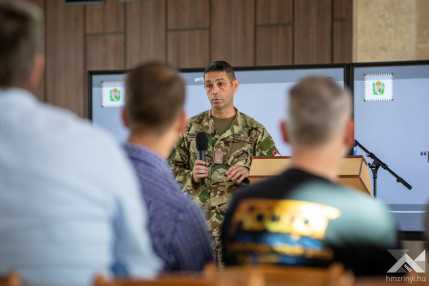
During the meeting, a number of lectures were delivered on the simulation developments of the future. Today’s battlefields are becoming increasingly complex, and the emergence of drones and autonomous ground systems (AGS) requires soldiers to acquire new tactical skills. The simulation environment enables them to train for the situations under safe and controlled circumstances. These days, AI-controlled systems also already appear in the field of developments. Although the current simulators in Tata don’t use AI yet, the direction is clear.
The 30 representatives from eight countries attending the conference listened to lectures and had the opportunity to gain first-hand experience of how a training process goes, and what the capability level of the simulation equipment system is for modelling real-world combat conditions.
Simulation conference in Tata
